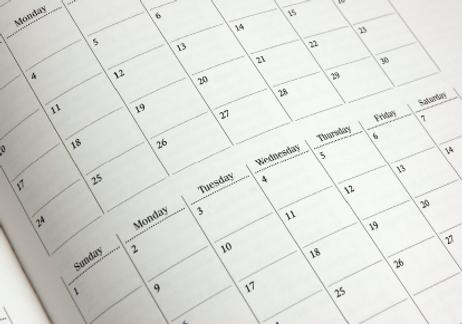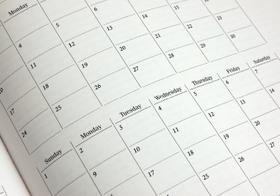It's tough enough getting an interview in the first place. So, why destroy your chances by turning up in the wrong attire? Because you are applying for a teaching position in a private school, you must be particularly aware of how you dress. Why is how you look important? The first impression an interviewer has of you is a lasting one. This snapshot of you must convey a positive image of who you are as well as the value which you bring to the situation. Indeed, many hiring decisions are made subconsciously as soon as the interviewer looks at you.
Because the job market is highly competitive, your primary goal is to have the first interview go so well that you make the shortlist for second interviews. The way in which you dress is one part of the picture your future employer will have. Make sure that you create the very best impression possible.
Dress to the level of the job environment.
Teachers are exemplars to the young people they teach. The way you dress sets an example, just as your speech patterns do. It is always sensible to dress conservatively when you interview for a teaching position. Nor does it matter what that position is. Whether you are applying for the Spanish teacher position or the Robotics teacher position, you must present yourself as a professional brimming with ideas and values who will make employers immediately think "Ah! She will fit right in." What may not be


























